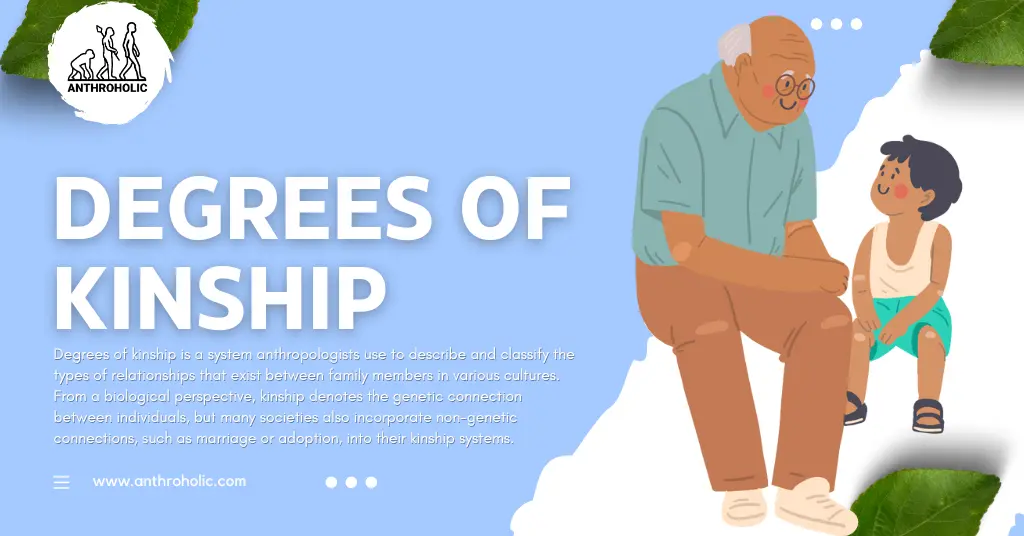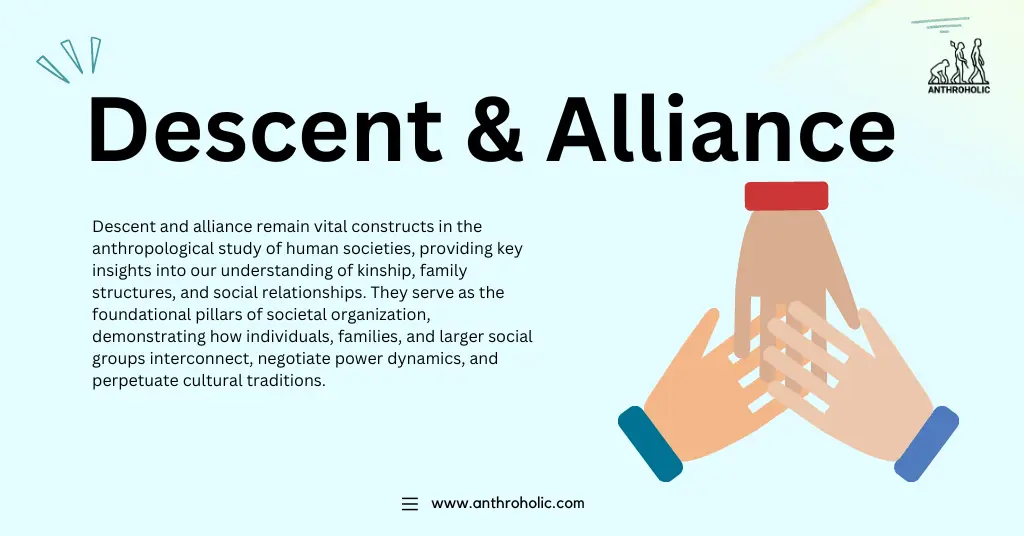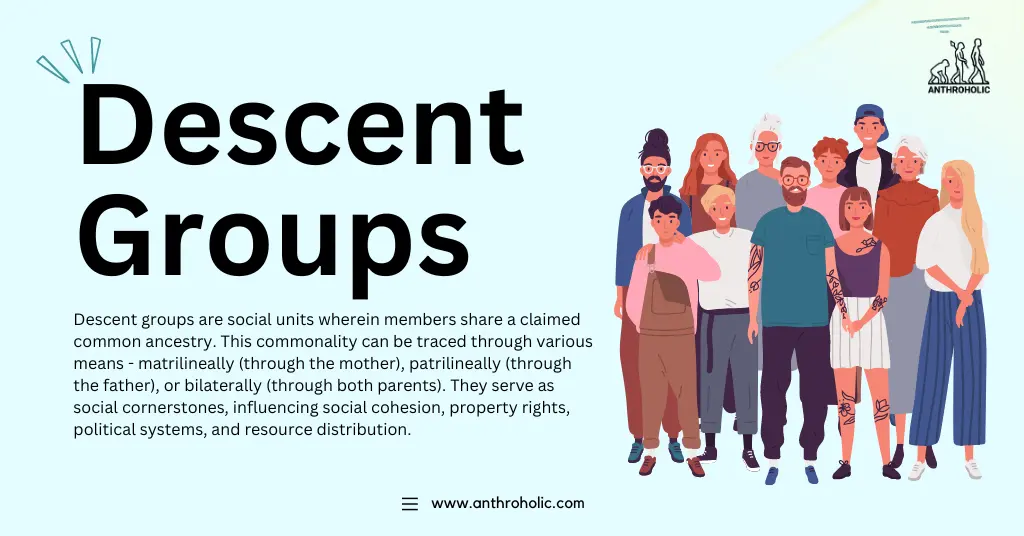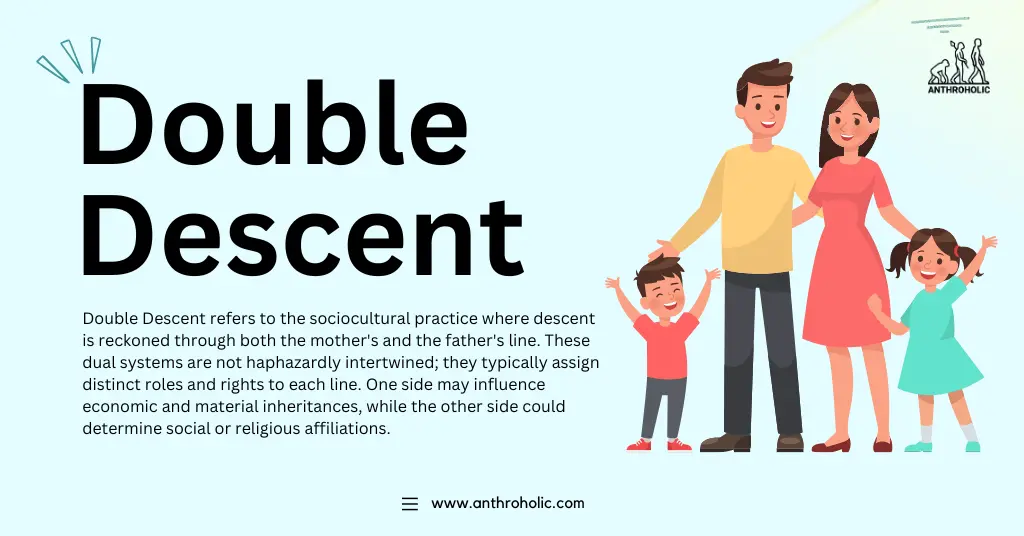AI Answer Evaluation Platform Live Now. Try Free Answer Evaluation Now

Unilineal Descent
Unilineal descent is a system of tracing kinship through one gender, i.e., either through the male or the female line. It is subdivided into patrilineal descent, where lineage is traced through males, and matrilineal descent, where lineage is traced through females.










